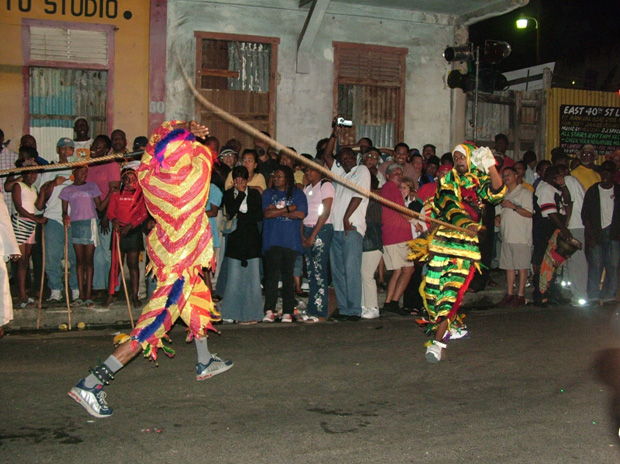Whipping was by far the most popular form of punishment for enslaved Africans. It was also the fastest way of causing days of unending pain which would also serve as a warning to other Africans on a plantation working for their white masters.

Enslaved Africans were whipped for all sorts of reasons many of which included not working fast enough on the fields, stealing, helping start a riot or disobeying one rule or the other and no one was spared.
In fact, pregnant enslaved women were whipped by their masters or fellow Africans as well. A hole would be dug in the sand to protect the pregnancy which was very valuable to slave masters at the time and after the whipping, she was immediately taken in to be nursed. A slave could receive 50 to 200 lashes or more depending on the “crime”.

In many parts of the Caribbean, the whip was popularly called the Jab Jab whip. Made out of plaited rope or plant fibres, several masters laced their whips with nails and sharp objects that pierce the skin or leave it to soak in water making it heavy to have an even greater effect on the victim.
The word “jab jab” originates from the French term “Diable” meaning Devil. The word became a common term in French Patois among the French-speaking people of African descent in the Caribbean.
After being attacked and harassed by families of victims who had been whipped, the white slave masters decided that the whipping be done by fellow black people which caused a lot of tension between the blacks.

So how did the jab jab whip master become a symbol of resistance in Trinidadian culture and carnivals?
Towards the start of the 19th century, several enslaved Africans began to gain their freedom through laws that worked in their favor by taking it by force or saving up money to purchase it. The freedom of more and more Africans in Trinidad led to more expression of self and identity.
With great influence from the East Indians who settled in their lands after migration, as well as culture, passed on from their Africa roots, the Africans in the Caribbean started to dress as masquerades holding whips to scare white plantation owners, demand for money or mock at them.
The masquerades were dressed as medieval European jesters; professional jokers often trained to entertain royals. By dressing as jesters holding jab jab whips, the masquerades served as a huge mockery to whites and the power they were slowly losing. They also helped prevent great conflict between fellow blacks who were appointed to whip others usually against their will.
Jab jabs, as the masquerades were now known, usually entertained themselves by engaging in whip battles. Over the years, especially from the 1830s, they became an important aspect of Carnivals in countries like Trinidad and Grenada.
In more recent times, the jab jabs are a special select of people in the community trained to perform the rites during carnivals. Prior to carnivals, it is expected that they fast, abstain from sex and alcohol and are expected to bathe in herbs the night before the carnival and their whip battles.

To kick start their roles in carnivals, the jab jabs are expected to take one lash across their back to signify that they are ready for the role ahead in demonstrating resistance.
The jab jabs have established themselves as jab jab mas frequently confused with the Jab Molassie who have a similar history and significance.










